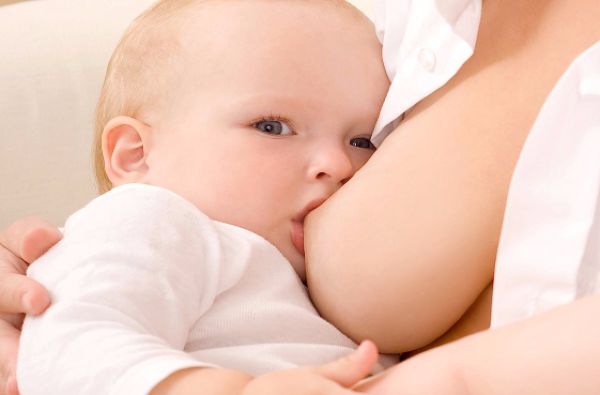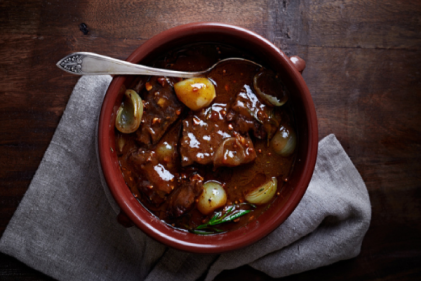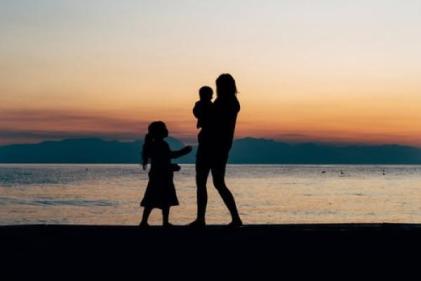Mastitis is a breast inflammation usually caused by infection. It can happen to any woman, although mastitis is most common during the first six months of breastfeeding. It can leave a new mother feeling extremely tired and run-down.
When you combine the illness with the demands of taking care of a newborn, and many women quit breastfeeding altogether. But you can continue to nurse your baby. In fact, breastfeeding usually helps to clear up infection, and nursing will not harm your baby.
What causes mastitis?
Mastitis most often happens when bacteria enter the breast through the nipple, which can happen when a mother has a cracked or sore nipple.
Going for long stretches between nursing or failing to empty the breast completely may also contribute to mastitis. Using different breastfeeding techniques and making sure your baby is latched on properly when nursing will help with emptying the breast and avoiding cracked nipples.
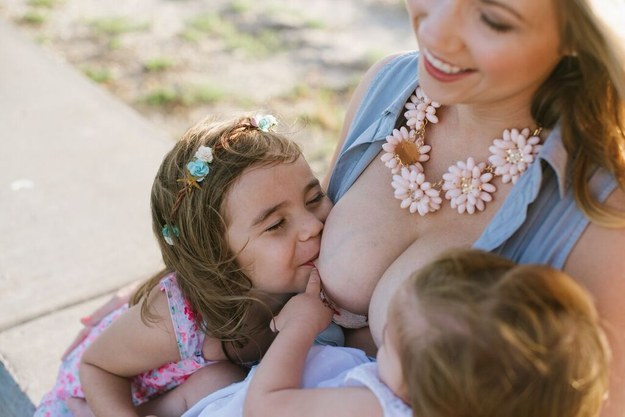
What are the symptoms of mastitis?
Mastitis usually starts as a painful area in one breast. It may be red or warm to the touch, or both. You may also have fever, chills, and body aches.
Signs that mastitis is getting worse include swollen, painful lymph nodes in the armpit next to the infected breast, a fast heart rate, and flu-like symptoms that get worse. Mastitis can also lead to a breast abscess, which feels like a hard, painful lump.

What increases your risk of getting mastitis?
You are more likely to get mastitis while breastfeeding if:
- You have had mastitis before.
- You delay or skip breastfeeding or pumping sessions. When you don't empty the breast regularly or completely, your breasts become engorged or too full, which can lead to mastitis.
- You have cracked or irritated nipples, which can be caused by poor positioning or poor latching on.
- You have anaemia.
Breastfeeding mothers can get mastitis at any time, but especially during the baby's first two months. After the first couple of months, the baby's feeding patterns become more regular, which helps prevent mastitis.
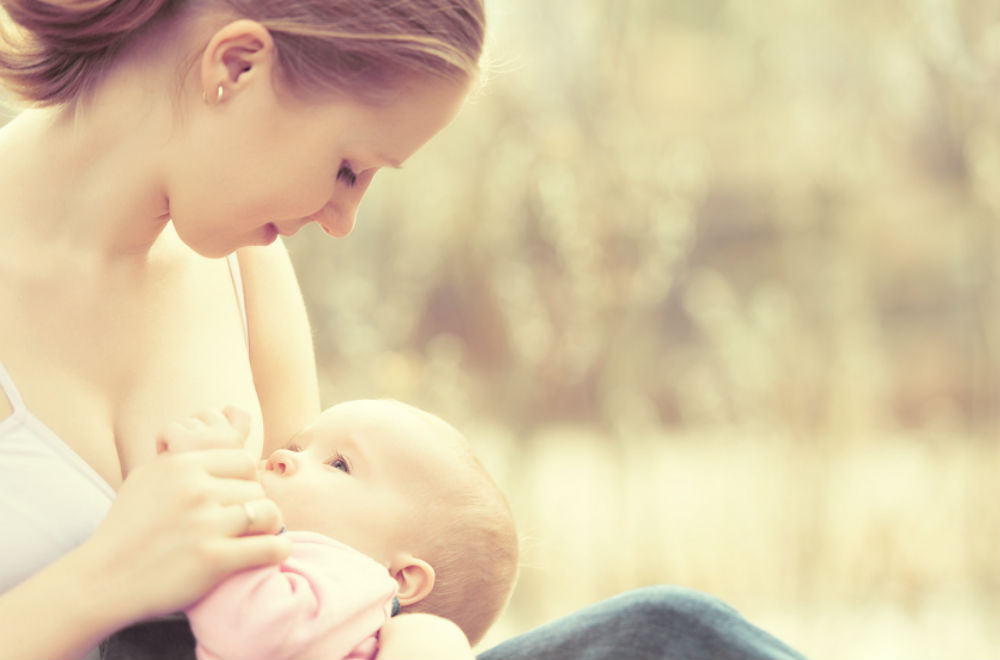
How is mastitis treated?
Antibiotics usually cures mastitis. If your doctor prescribes antibiotics, take them as directed, do not stop taking them just because you feel better. You need to take the full course of pills.
You can actually help yourself feel better by getting more rest, drinking more fluids, and using warm or cold packs on your sore breast.
Before breastfeeding your baby, place a warm, wet washcloth over the affected breast for about 15 minutes, which will increase milk flow.

